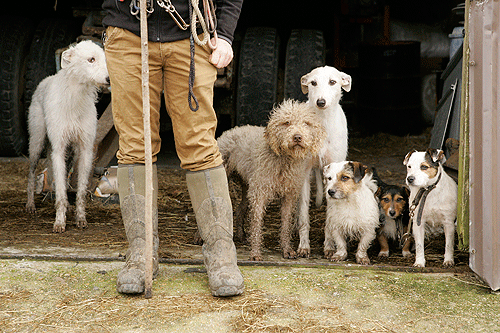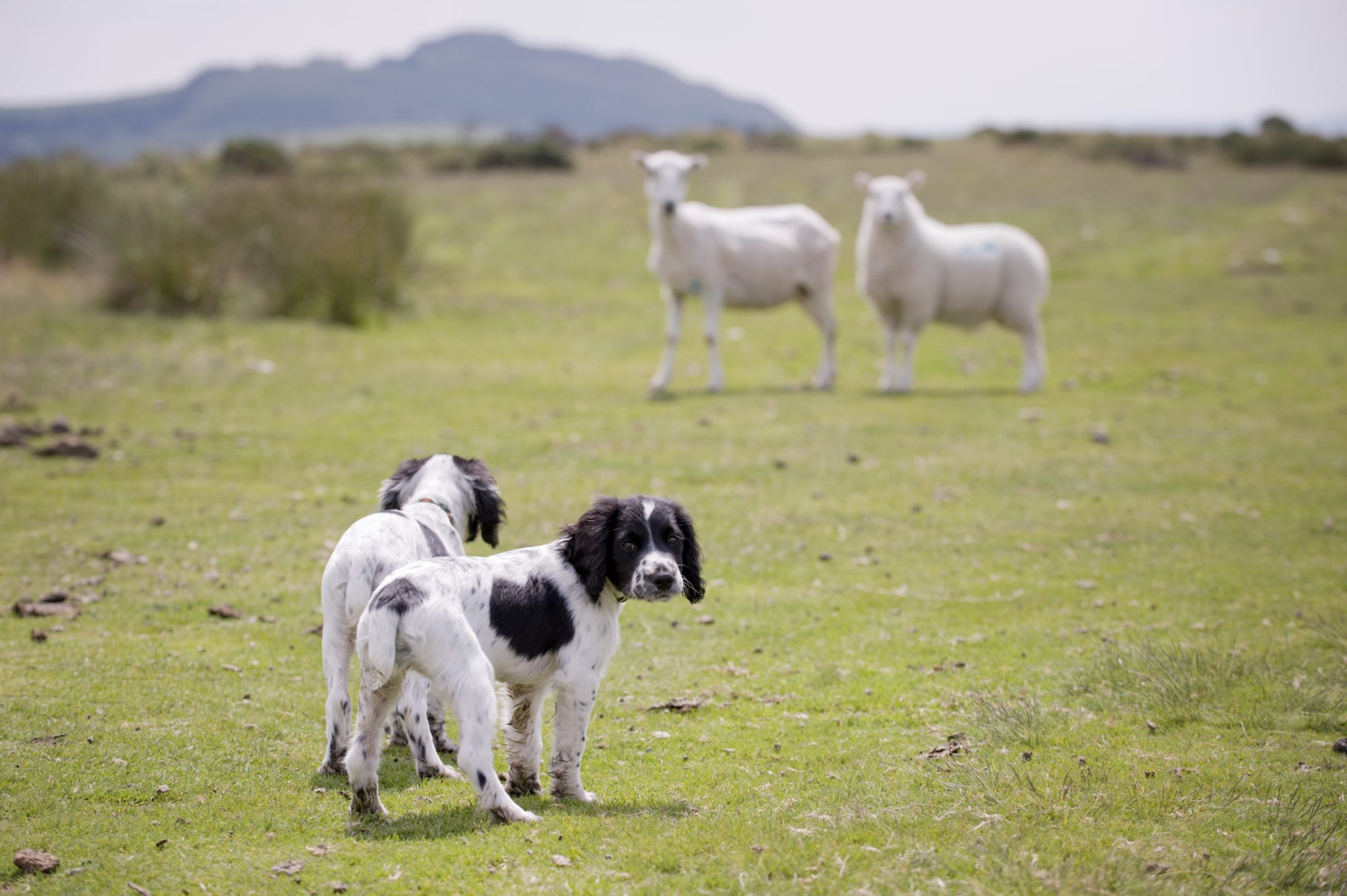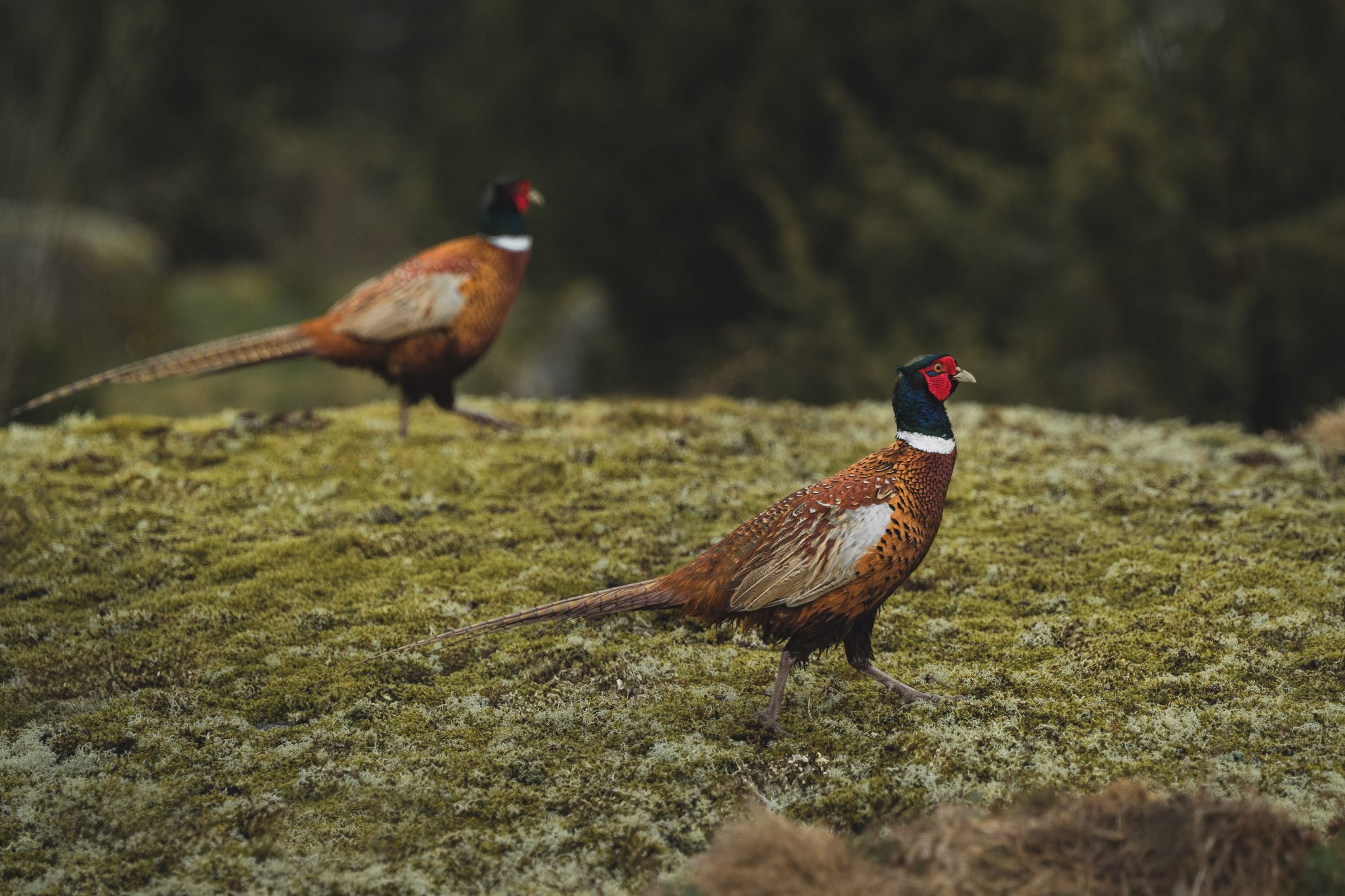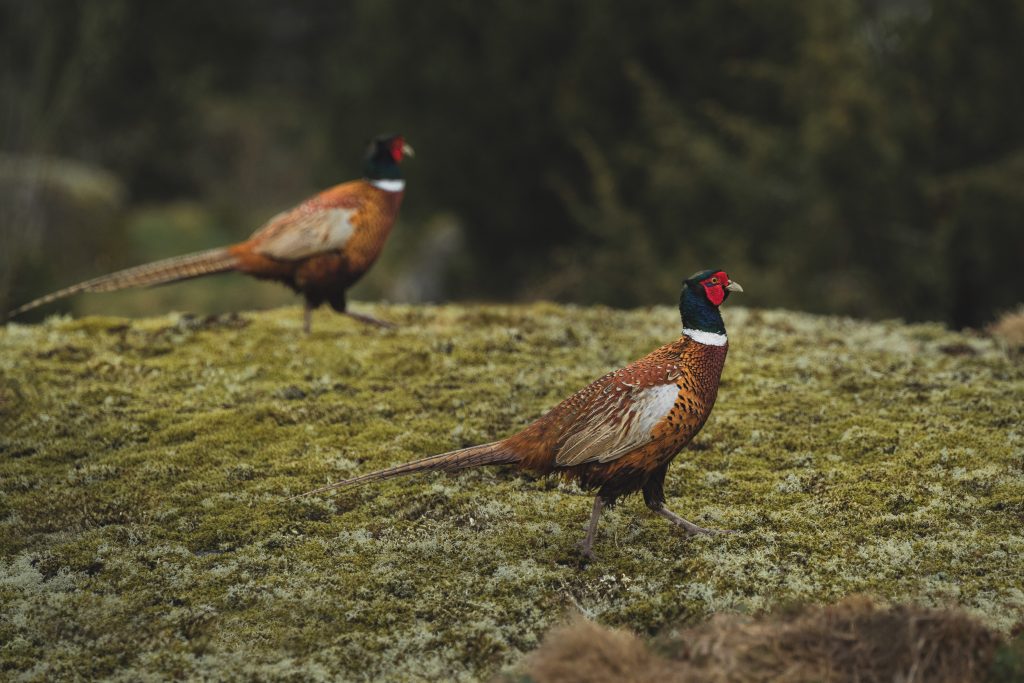Win CENS ProFlex DX5 earplugs worth £1,149 – enter here
Bobbery packs: Mixing it up on the Downs
<strong>Why bobbery packs are as popular as ever</strong>

A mixed group of dogs (five terriers and five lurchers) is heading towards me. But this is no random group of motley mutts — this is a bobbery pack, and their job is rabbit control, with a side dish of rats when required.
“Bobbery” is allegedly a corruption of a Hindi expression, Baap Re, and refers to hunting mixed quarry with a mixed pack. It is likely the British in India brought the practice home along with the name.
One of the best-known bobbery packs of former years was Jack Ivester Lloyd’s Bagley Rat Hounds. The writer Brian Plummer also ran a pack, and modern exponents include Penny Taylor and Colin Didriksen. Though recent legislation has now narrowed our list of legal quarry, the art of working dogs in this manner remains very much in our British DNA, and takes place all over the country at every opportunity. I was lucky recently to be able to join James Whiteman’s pack for a day on the South Downs.
The search is on
Today this pack has an additional task, for after the snow and recent flooding, the landowner of these 600 acres needs to know what may have moved into the area. These chalk hills are sheep country, and lambing is imminent. Of recent years, only a handful of pheasants has been reared for the small roughshoot, but this is likely to change, and there is also a larger shoot nearby. There is nothing better than dogs for finding where wildlife lies, which is why our host for the day has called out James and his pack.
The Downs are deceptive walking. Though they seem gentle, you never get to the top of them, for as you gain each rise, another billows up ahead. Normally punctuated by rabbits, they are bare today, for long months of wet weather have decimated rabbit numbers, drowning countless litters in their stops. It is a lucky rabbit that gets past its second year in the wild, and the loss of almost a whole generation of future breeding stock has had a profound effect in many areas.
A formidable pack
Of the ten dogs out today, six are rescues. The Bedlington, Crunch, was on “death row”, supposedly unmanageable and vicious, but is now a key member of the team, and has blossomed since having a more suitable lifestyle and a job to do. His only downside comes from having to pause and unpick burrs from his woolly coat, though its workmanlike trim is far from his previous Kennel Club primping. Gus, the Jack Russell, turned up one Christmas; goodness knows why as he has never put a paw wrong. Banter, the crossbred Jack Russell, was thrown in as a “buy-one-get-one-free” from a puppy farm. The two white lurchers — litter siblings — arrived as the result of a divorce, and the brindle came over from Ireland with other rescues and just stayed “because he wasn’t any trouble”.
The rest comprise a promising sapling lurcher by a working deerhound and out of a bitch from fenland coursing lines, a well proven Bedlington lurcher, and two other terriers, one by a working Sealyham and the other a dachshund cross. Across the hill, we find no rabbits, though a fox gets up well ahead of us and crosses the boundary. He is no quarry of ours, but we now know he is there and can be dealt with in due course. Moving into the meadows beneath the hill, we methodically work out the hedgelines, each dog using air and ground scent with quiet efficiency, indicating with a pause and a look if anything looks promising, drawing steadily and ruthlessly.
Some may think that a bobbery pack has by definition to be wild, noisy and uncontrollable, dashing about to no great effect, but this is far from so, and James as the huntsman is very much in charge, knowing his dogs implicitly. If a young dog begins to feel the pressure, or a terrier starts to lag back, then a lead goes on it immediately, well before this could escalate into a problem.
Elusive rabbits
Coupling-up the terriers because of a nearby earth that we don’t want them investigating, we draw the woods next, past the rearing-pens, but even the woods are empty, apart from a cock pheasant that clatters, cackling, into the sky, while the dogs stay steady. The marsh, which is under the stewardship scheme, is our next destination. On the way, we check the lake for mink; this area is building up a population of ground-nesting birds as well as a pair of barn owls, and they need all the help we can give them. There is scent in the marsh, which holds plenty of cover, and the tempo rises, but still no rabbits. Then, where the marsh opens out into rising land, there is possibly concealed quarry that we should not hunt, so all the dogs except Gus are coupled up.
Gus takes a flyer over one of the streams and dives into some sedges, and 100 yards away we see a low, dark red movement as a fox slips through the reeds and duck under a fence into horse fields. The terrier comes back to call and is put on-lead with the others: his job is done. The fox is now under threat from a feisty horse that gallops after it and lashes out. As far as I know, that hasn’t been banned yet.
We cut a large corner to avoid the place where fox scent lies, and draw the final hedge. It is as free from rabbits as all the others; quite probably the buries are still flooded under the surface. It has been a blank day but not an unhappy one, for watching a pack like this at work is always a pleasure. Unless they get a specific callout, James and his dogs will suspend their activities now until the nesting season is over, and then resume their usual duties after harvest.
Related Articles
Get the latest news delivered direct to your door
Subscribe to Shooting Times & Country
Discover the ultimate companion for field sports enthusiasts with Shooting Times & Country Magazine, the UK’s leading weekly publication that has been at the forefront of shooting culture since 1882. Subscribers gain access to expert tips, comprehensive gear reviews, seasonal advice and a vibrant community of like-minded shooters.
Save on shop price when you subscribe with weekly issues featuring in-depth articles on gundog training, exclusive member offers and access to the digital back issue library. A Shooting Times & Country subscription is more than a magazine, don’t just read about the countryside; immerse yourself in its most authoritative and engaging publication.







